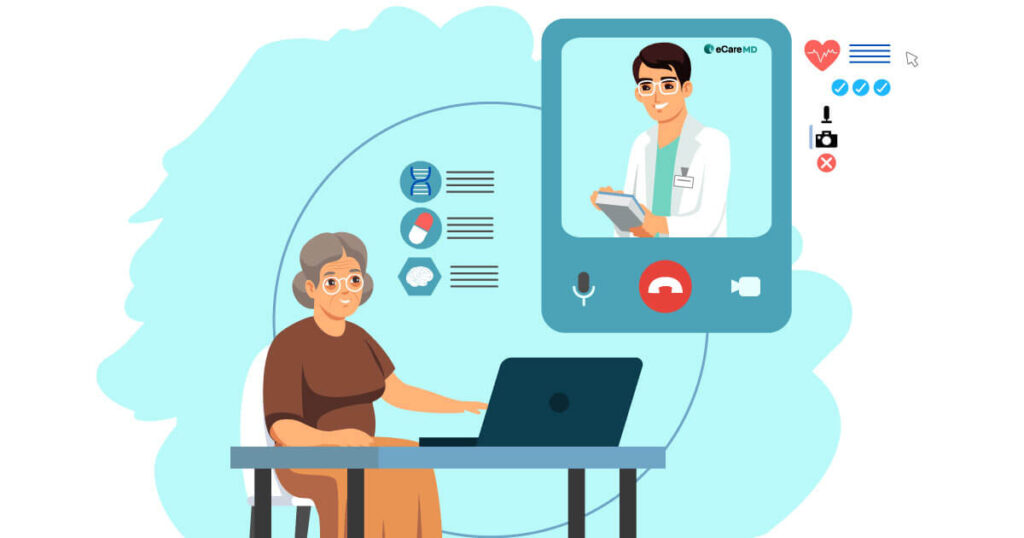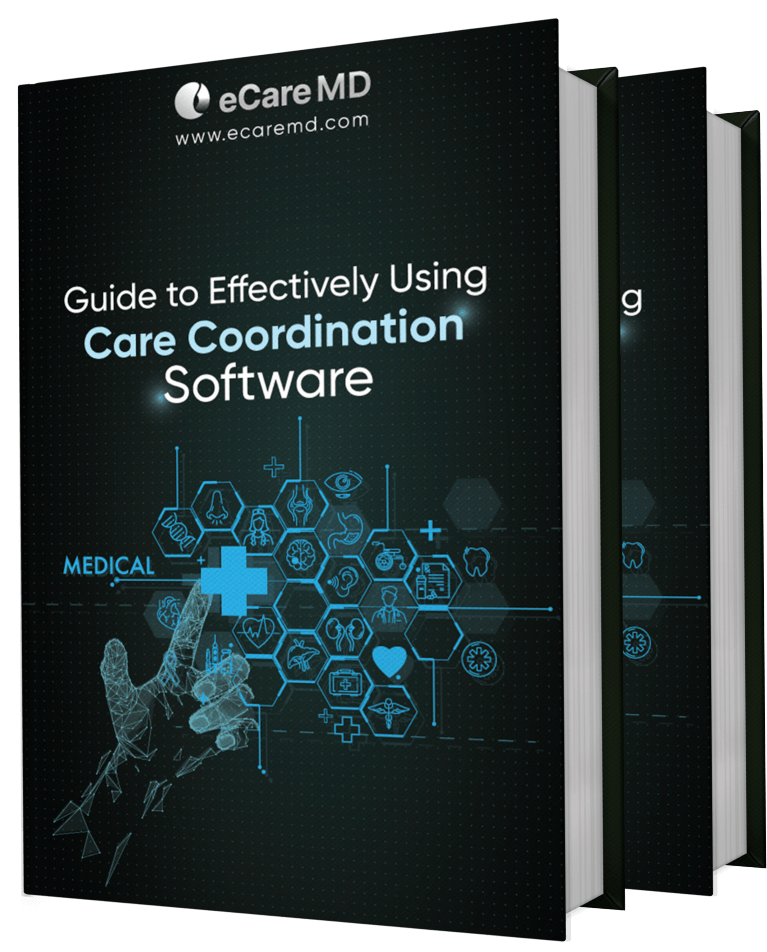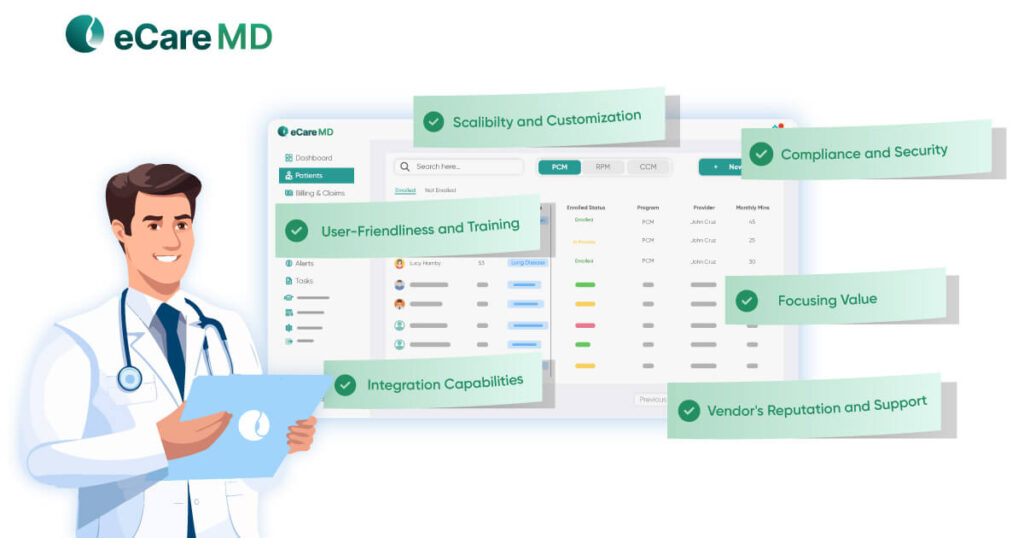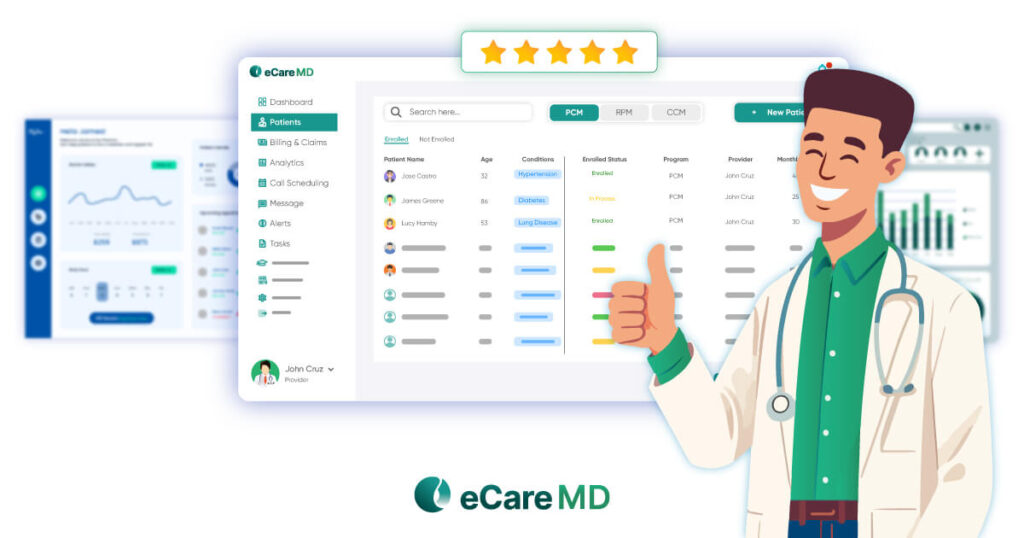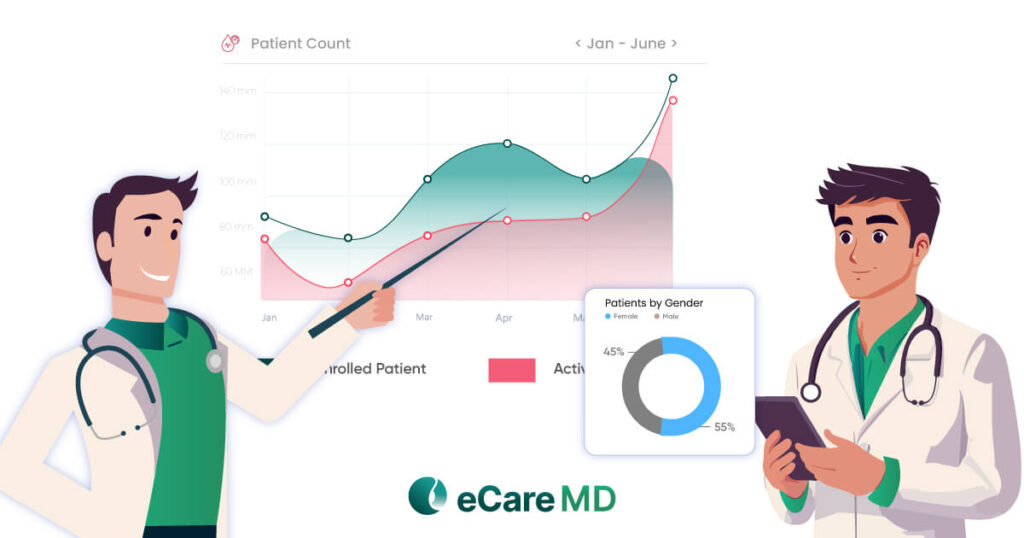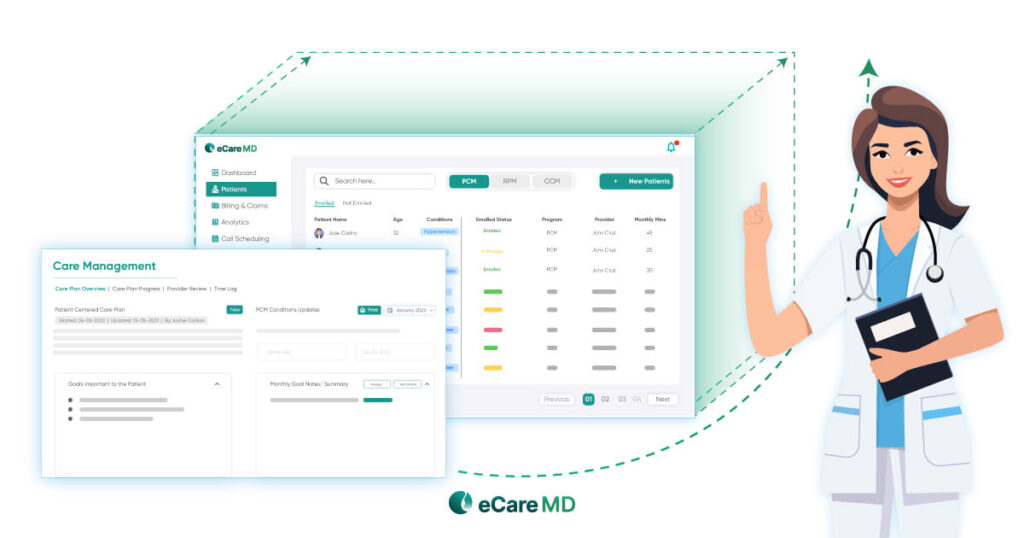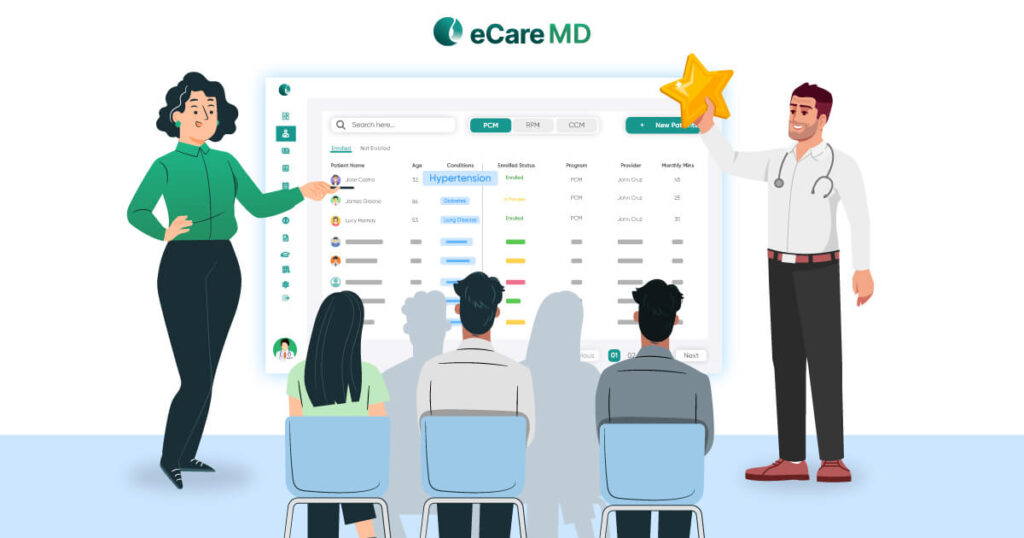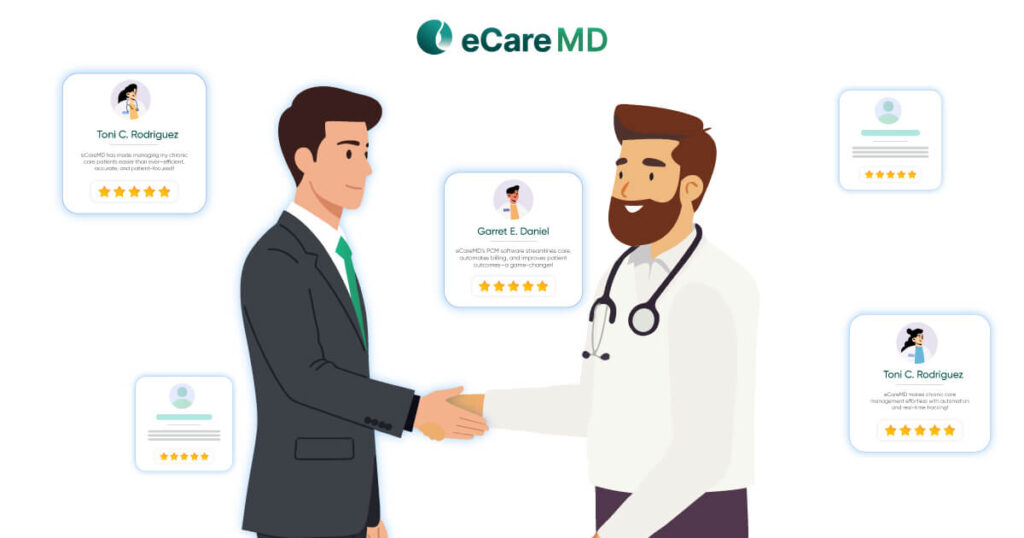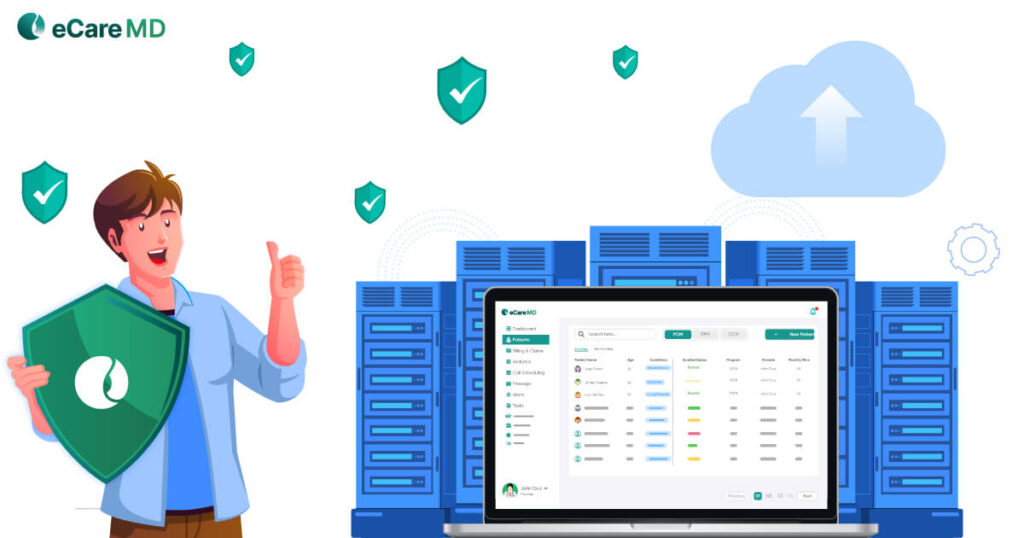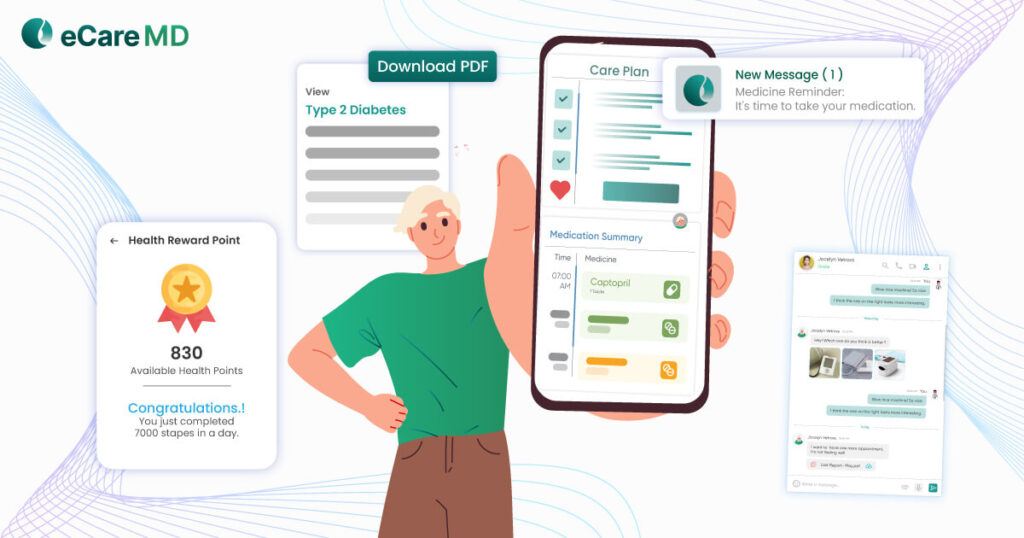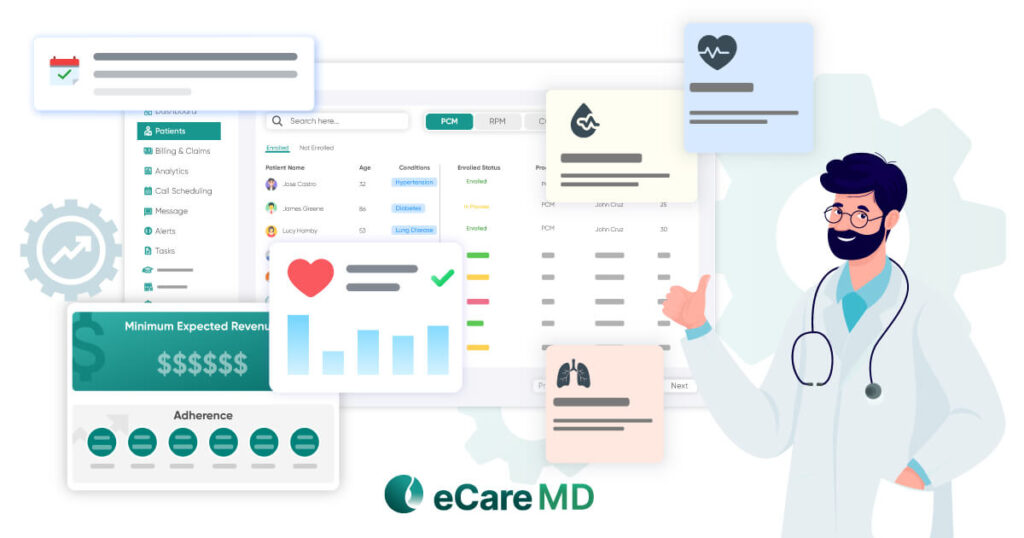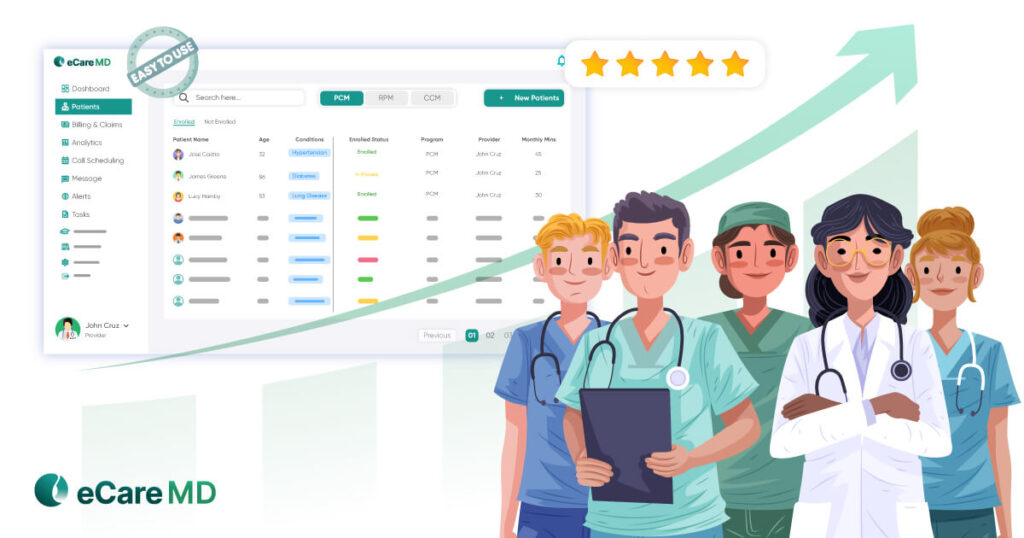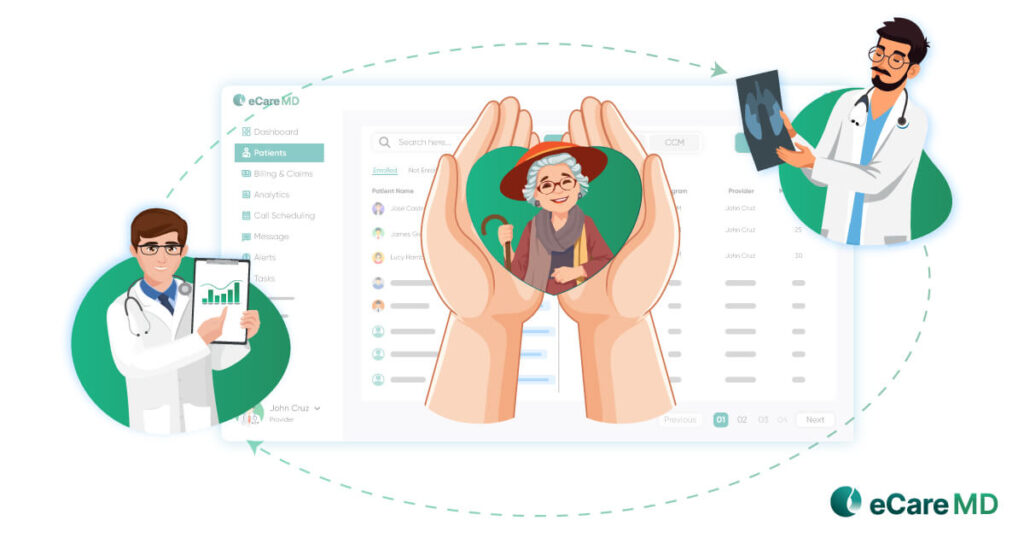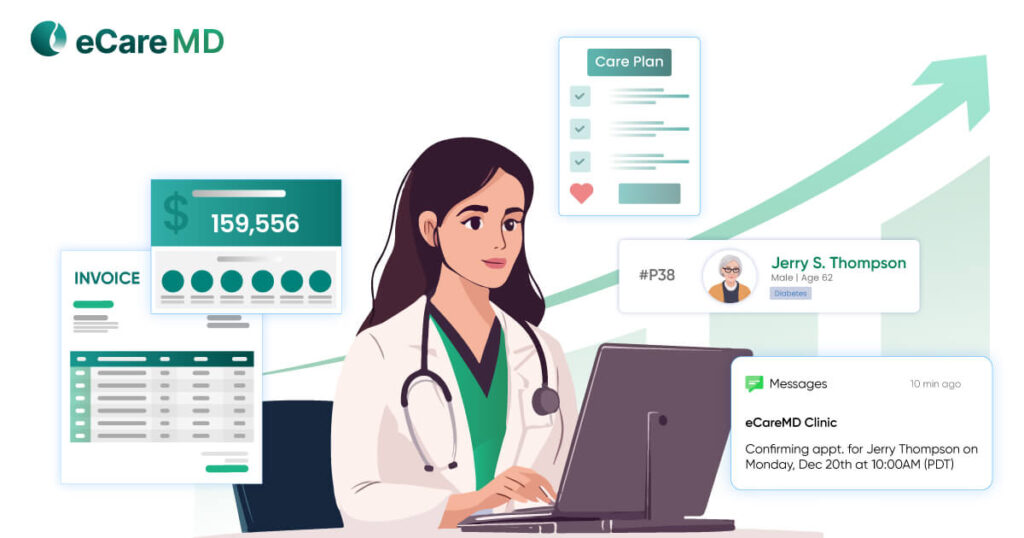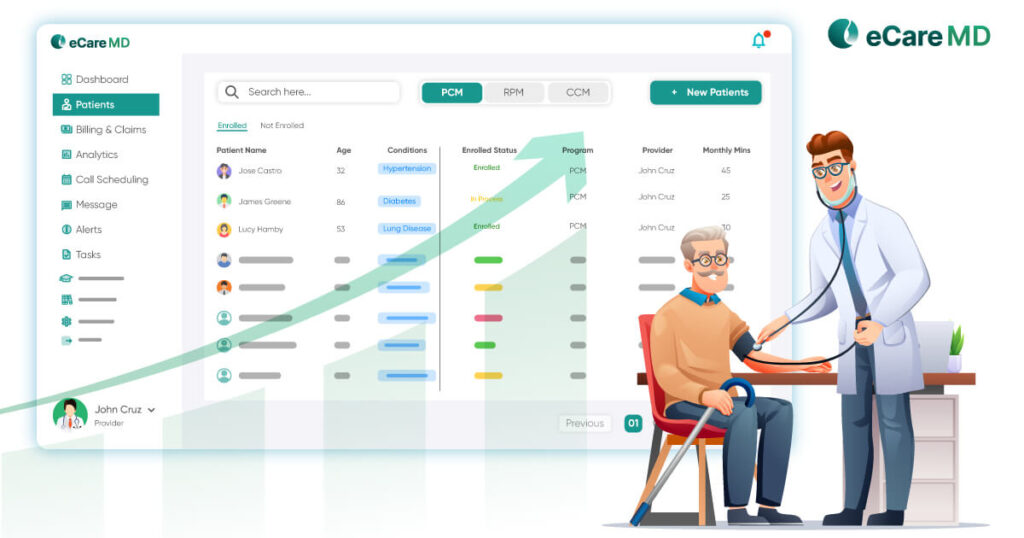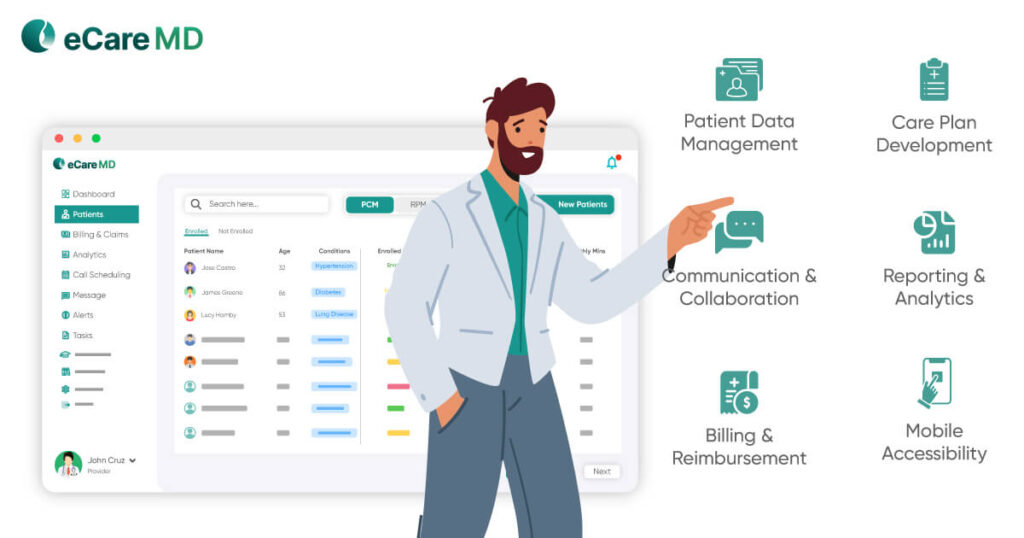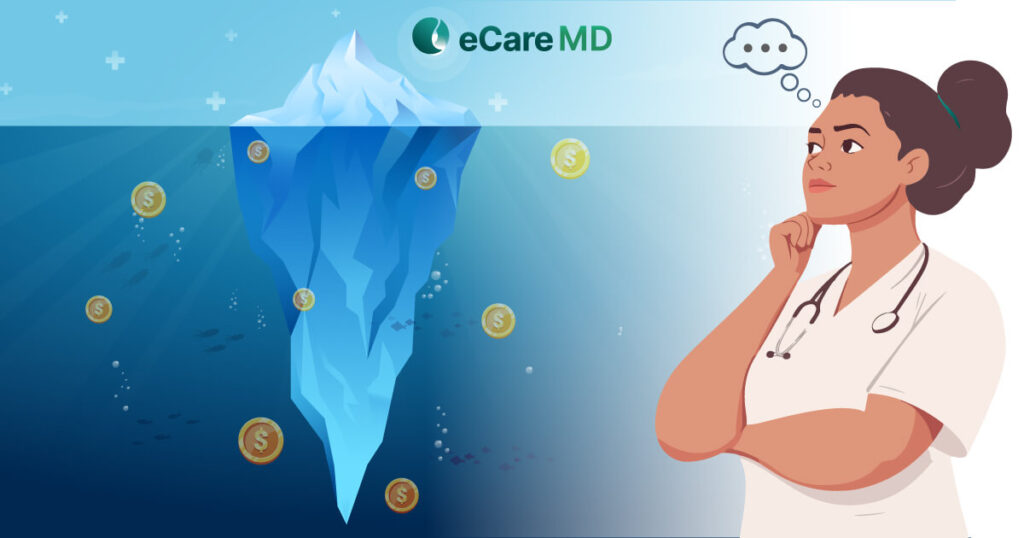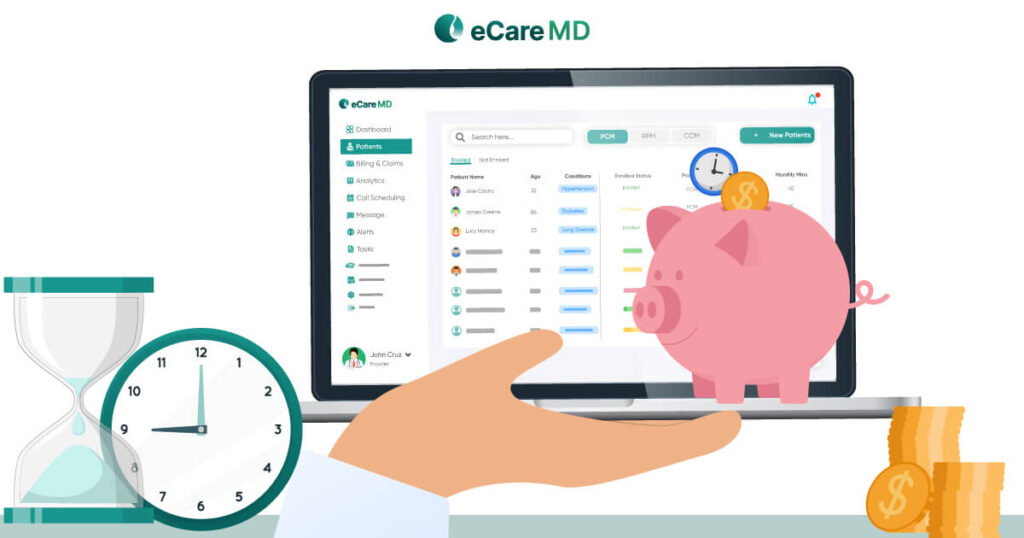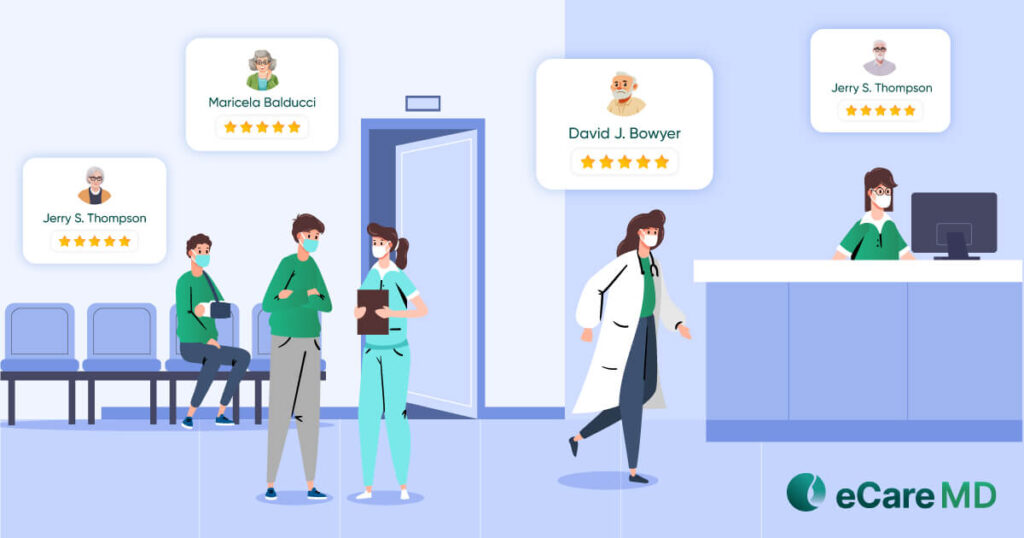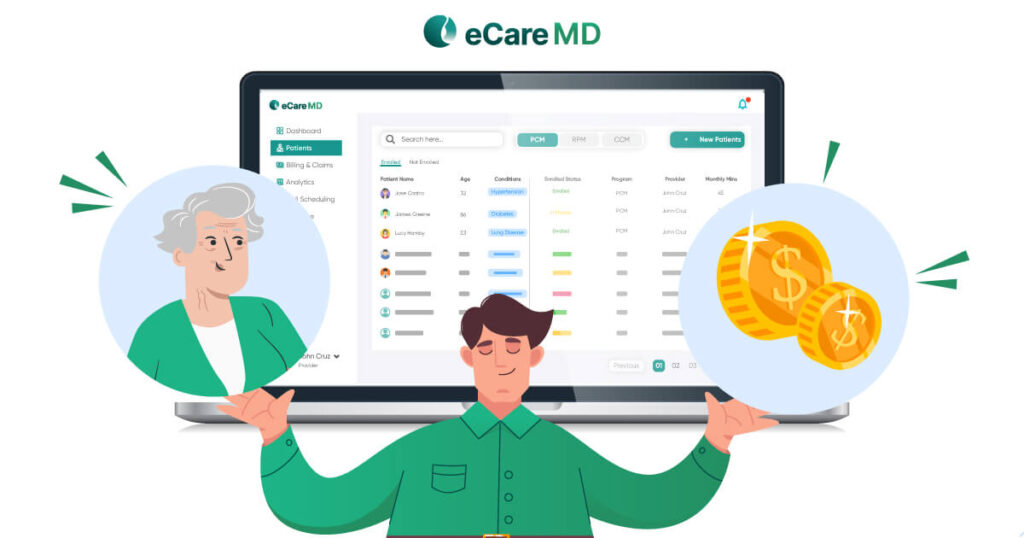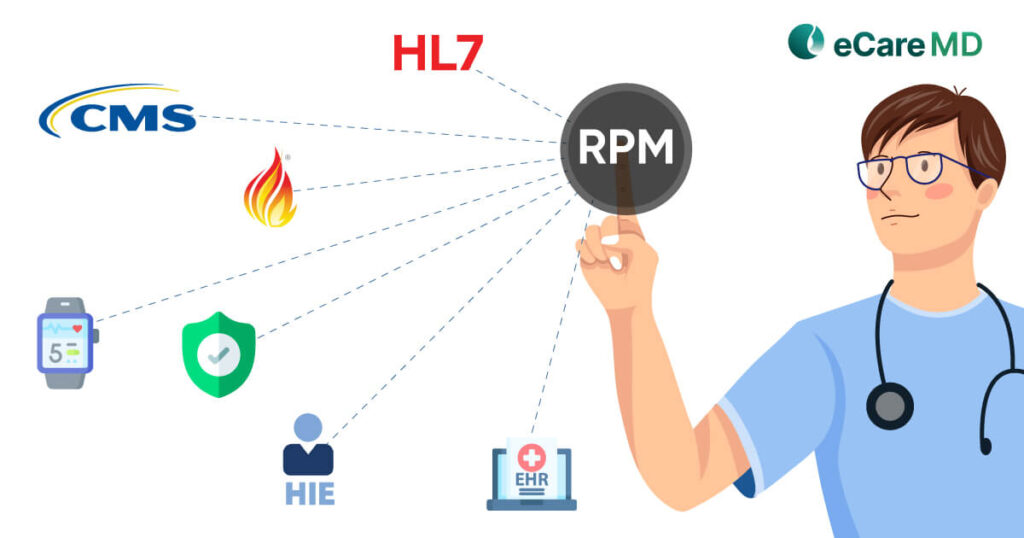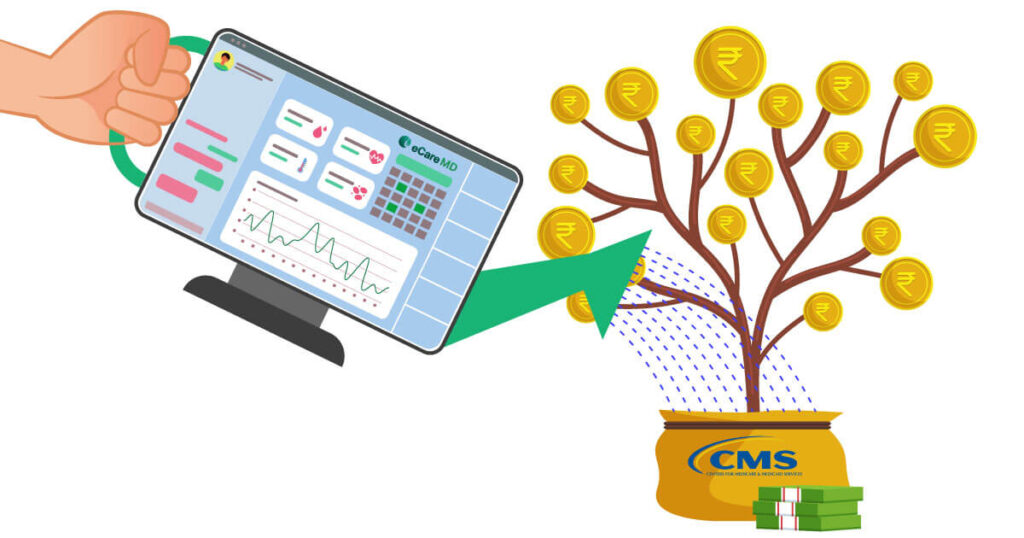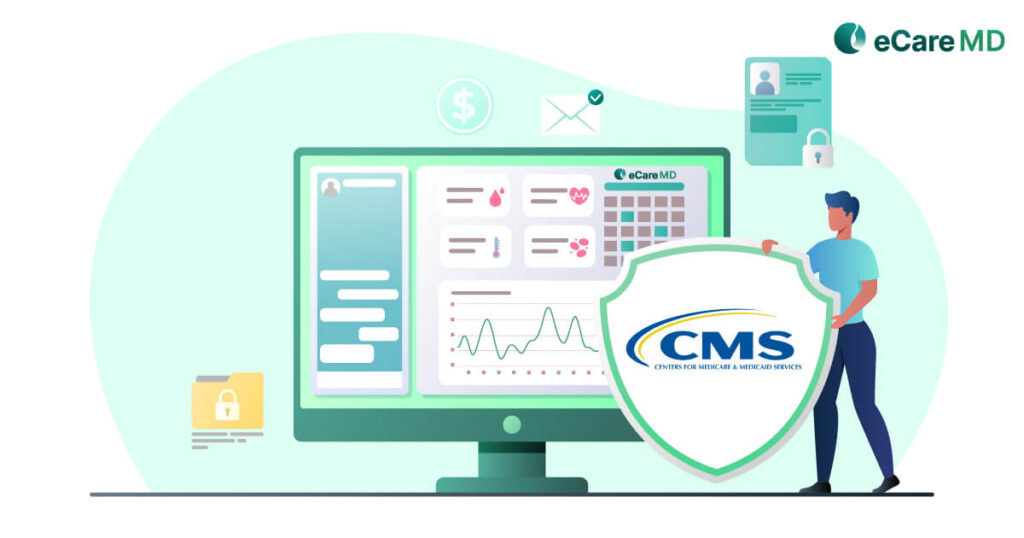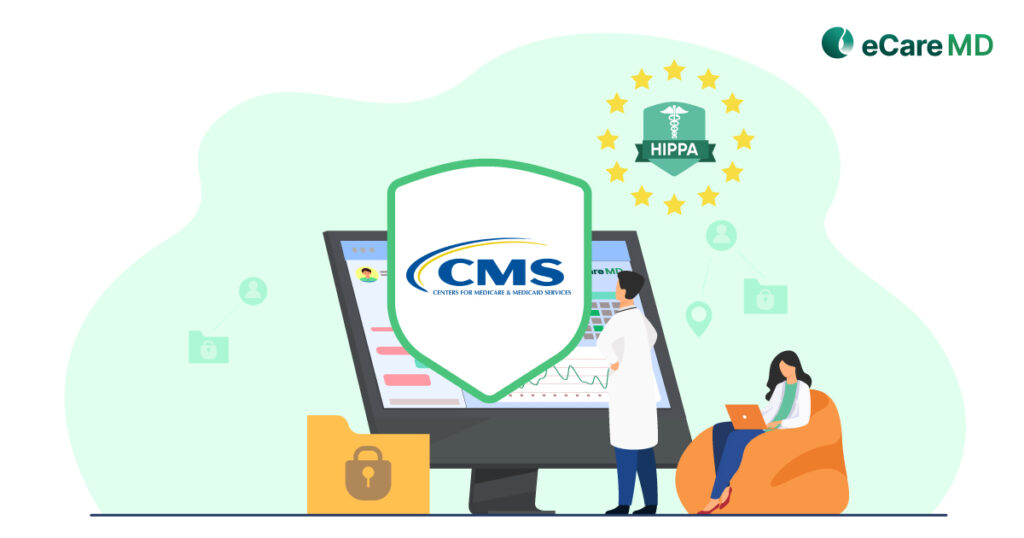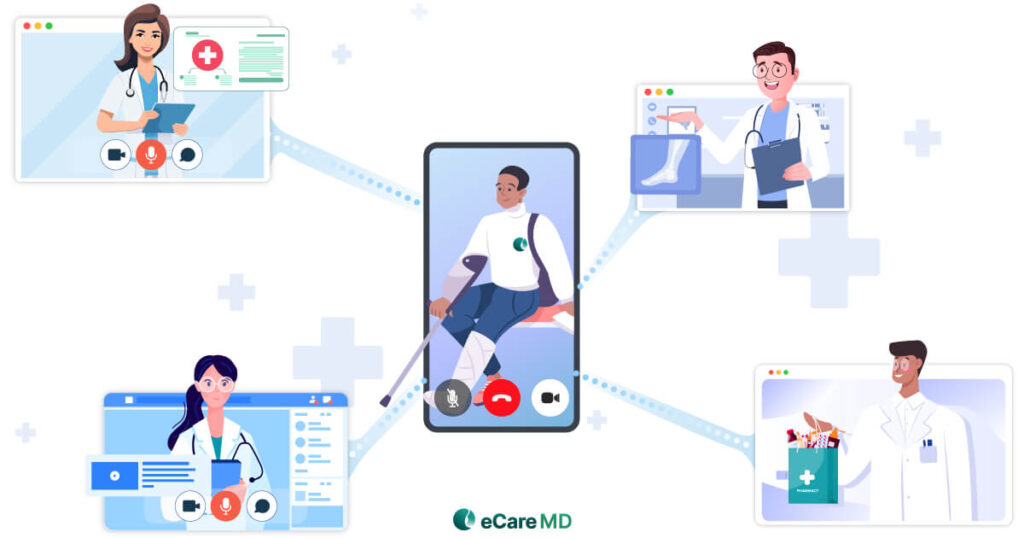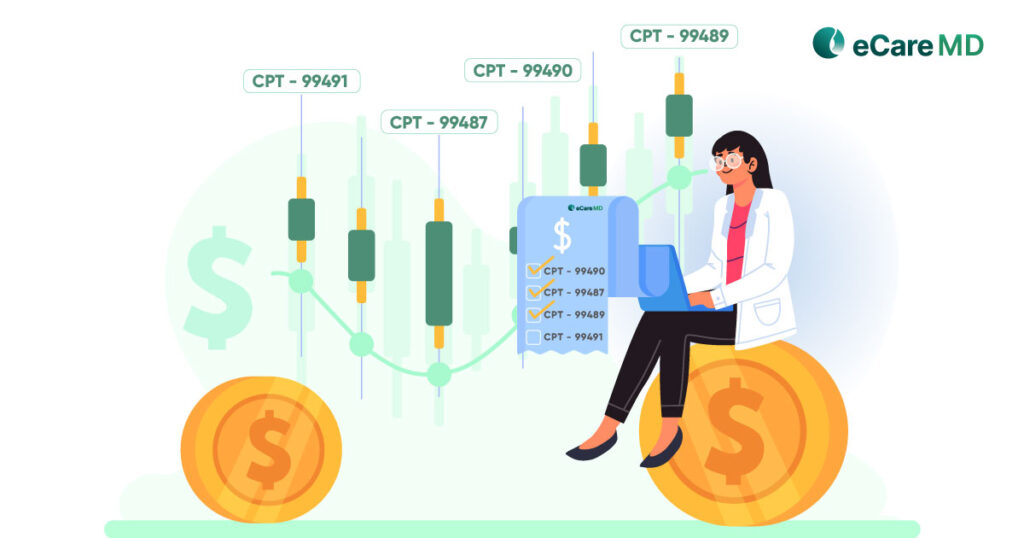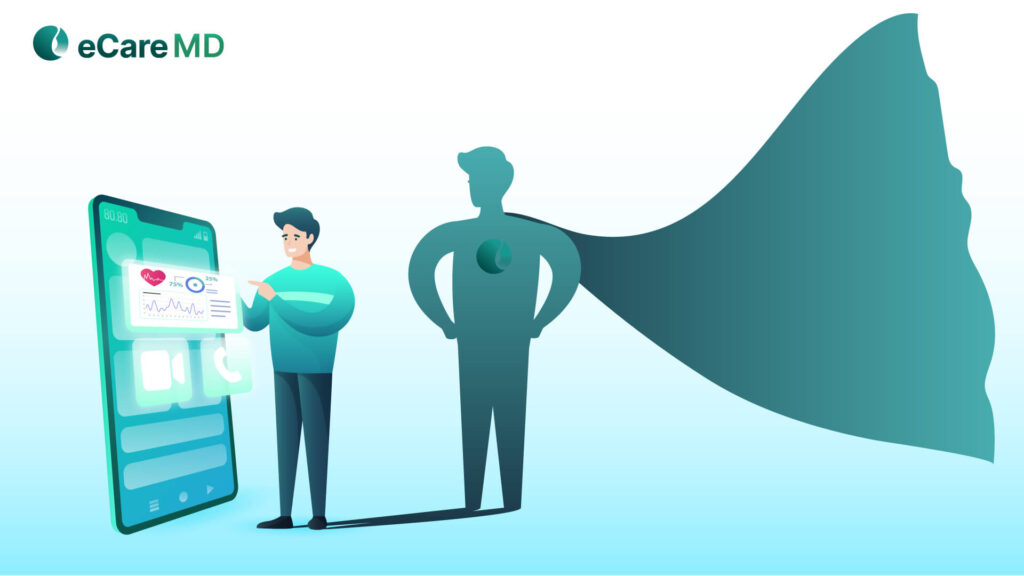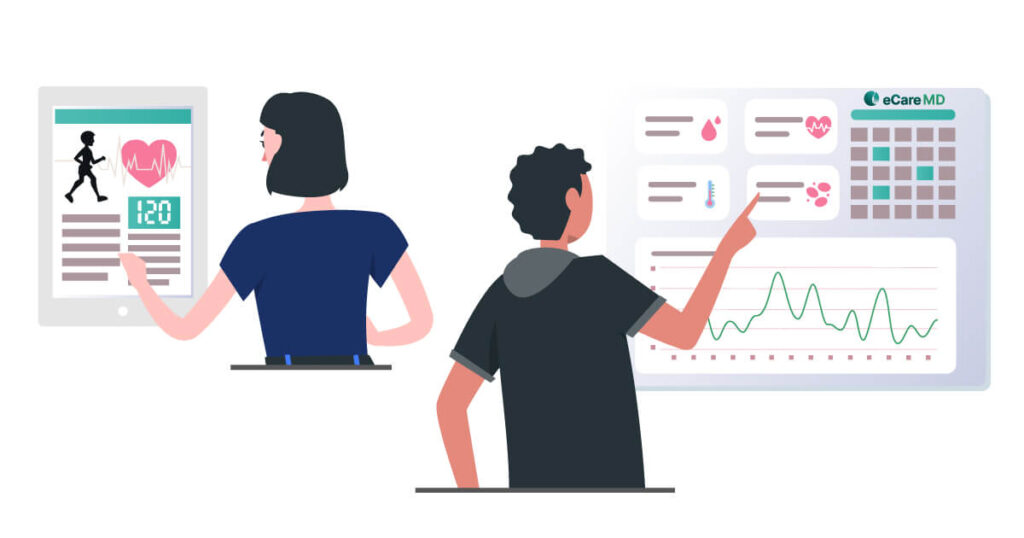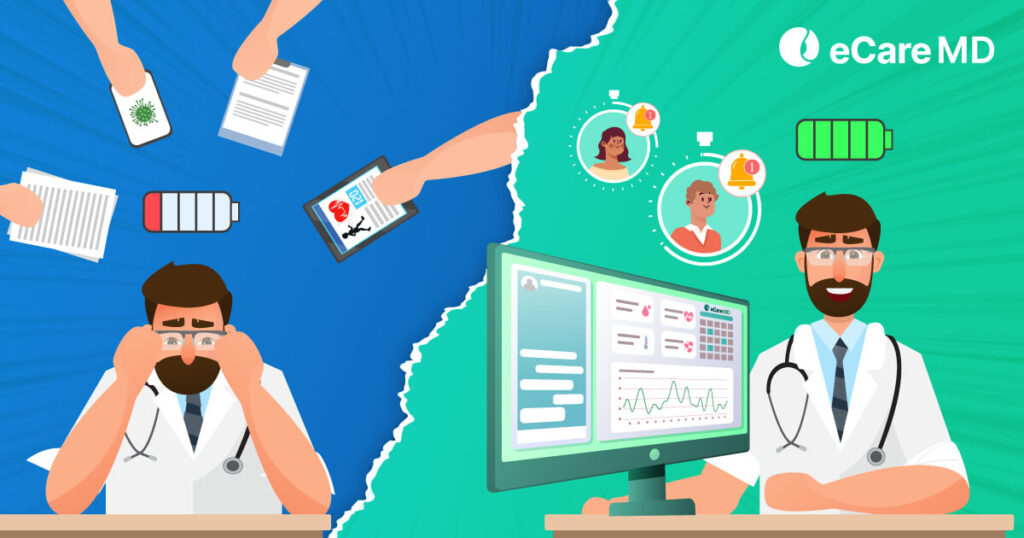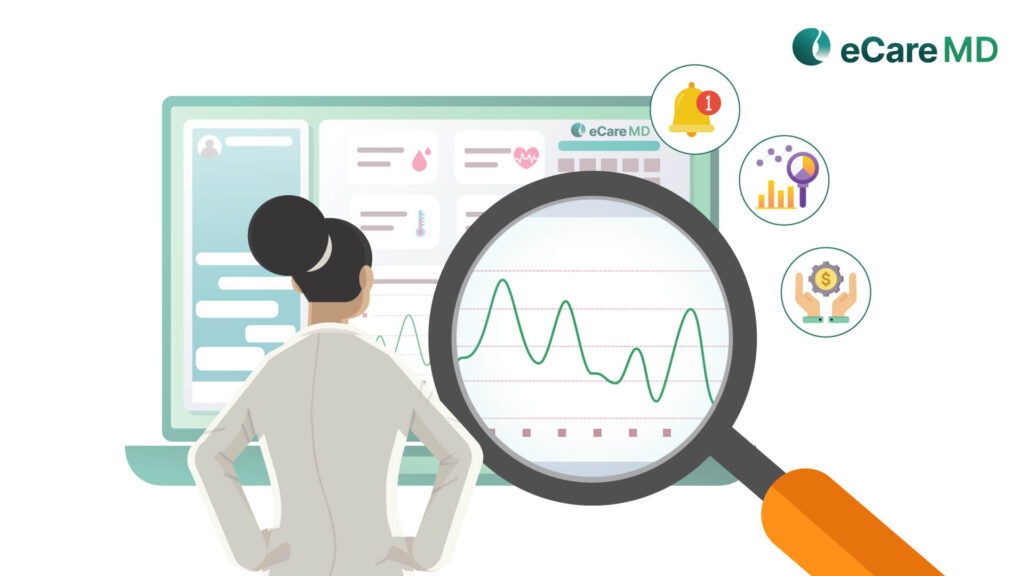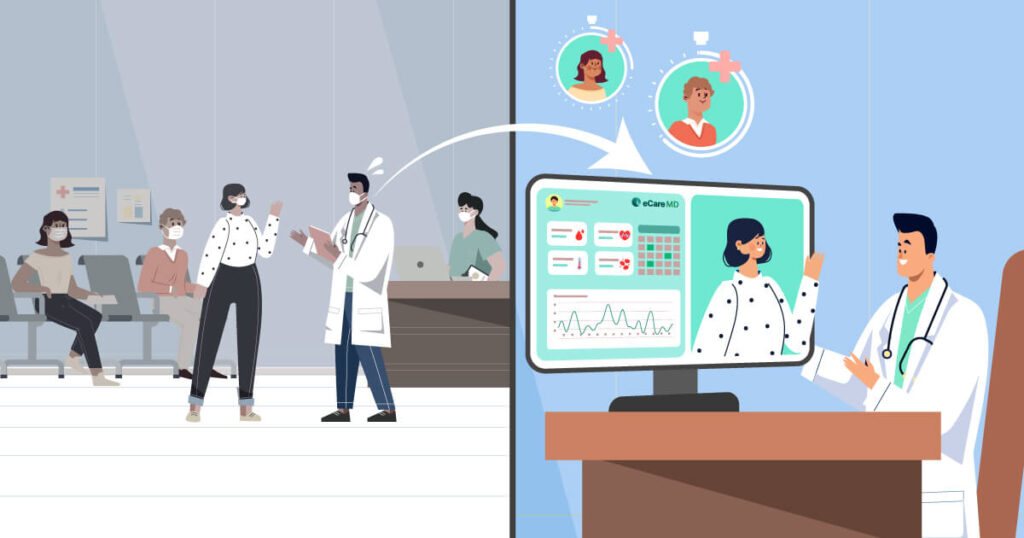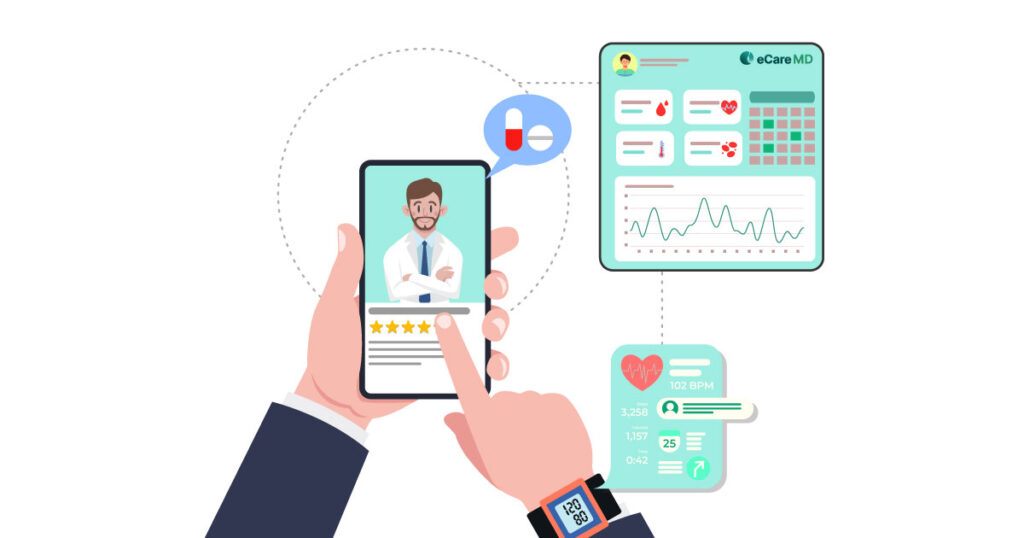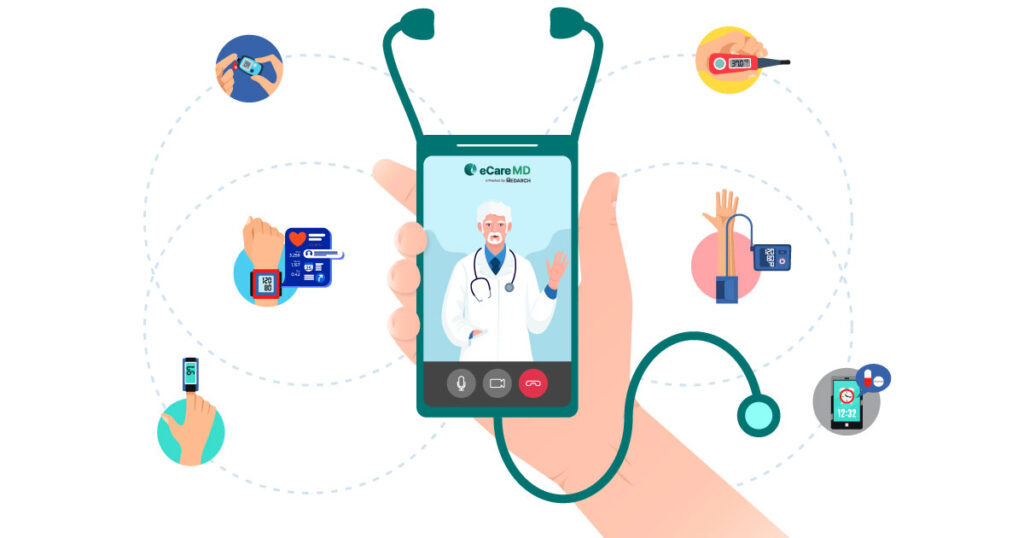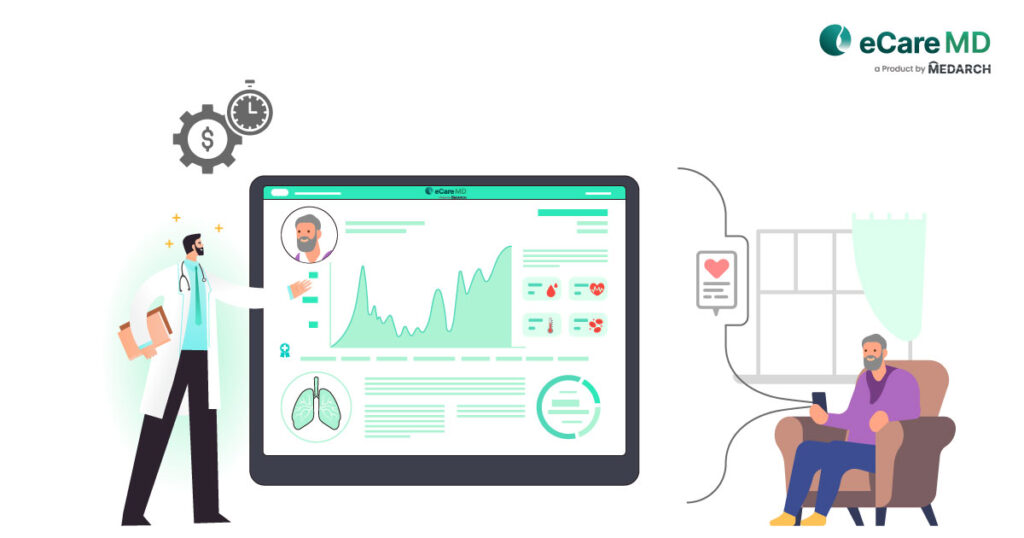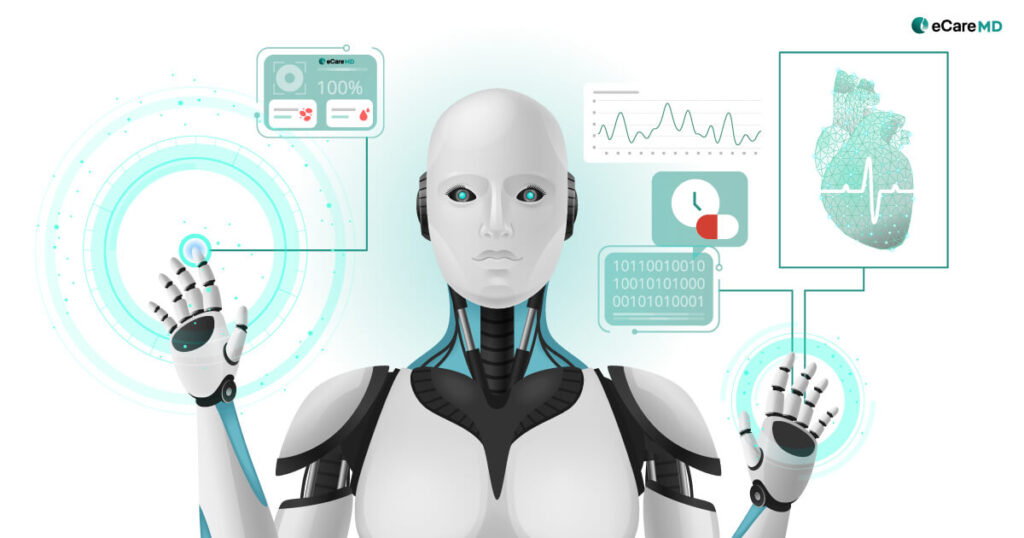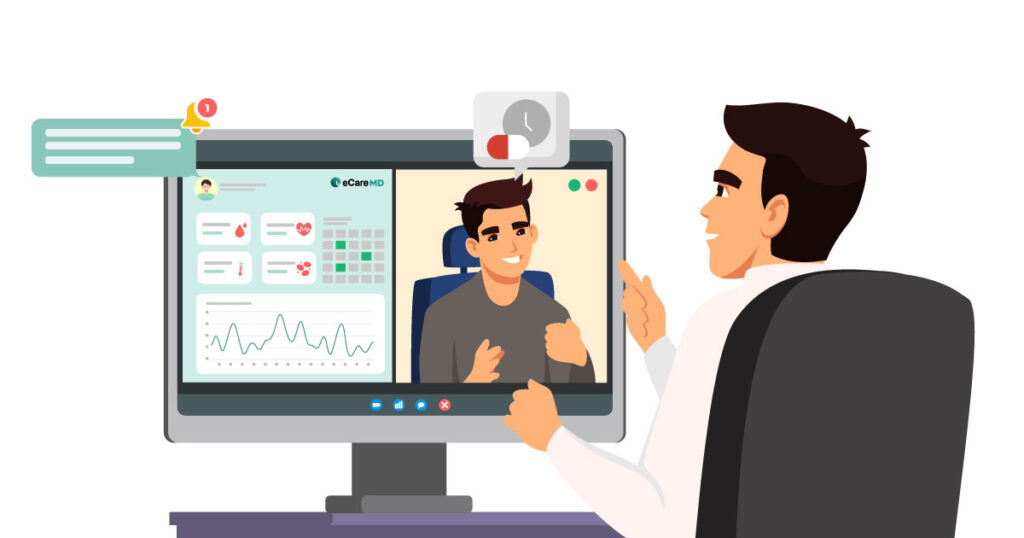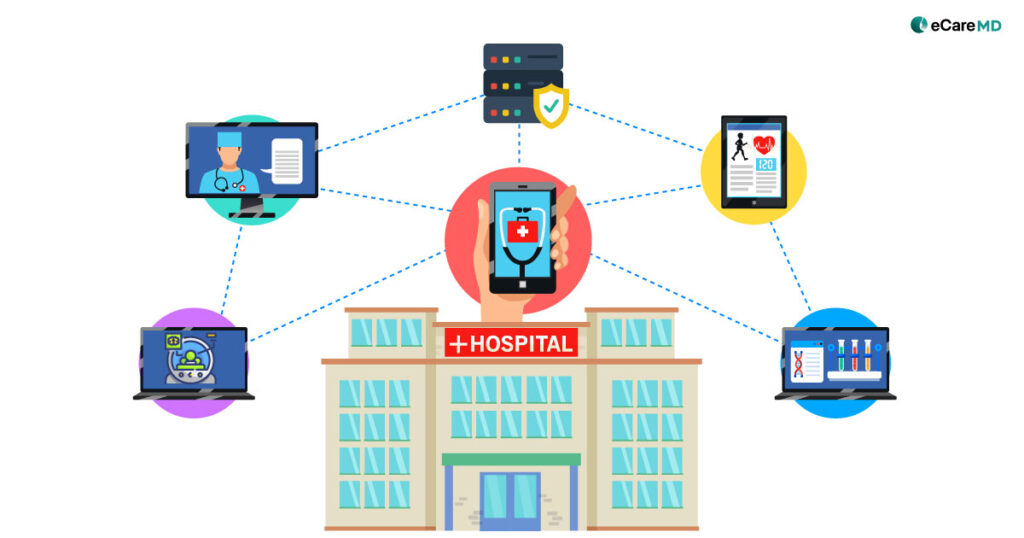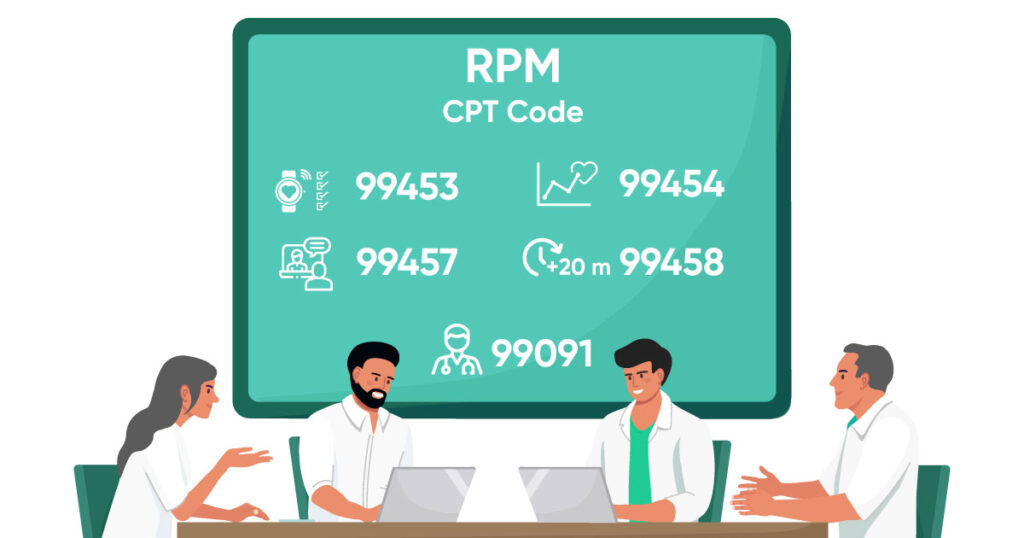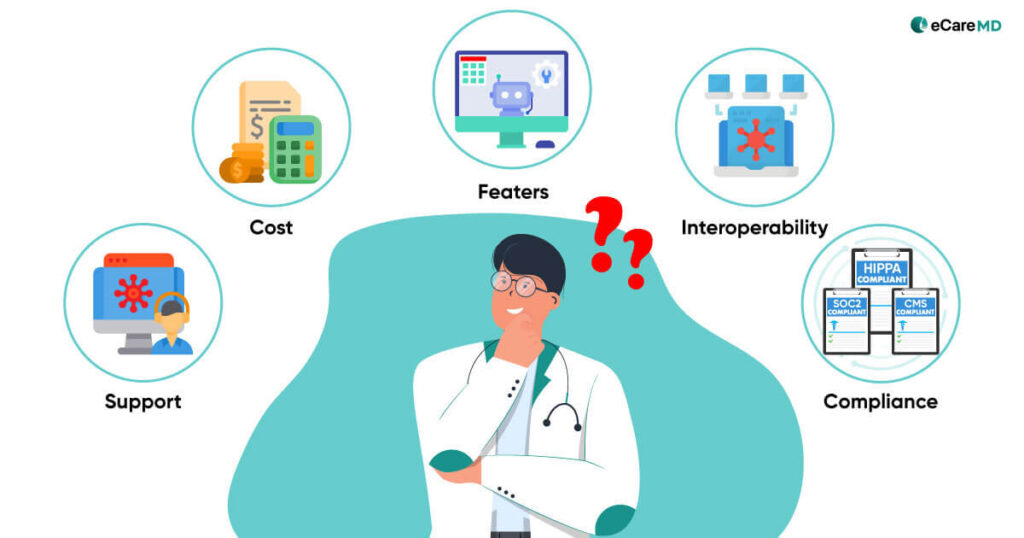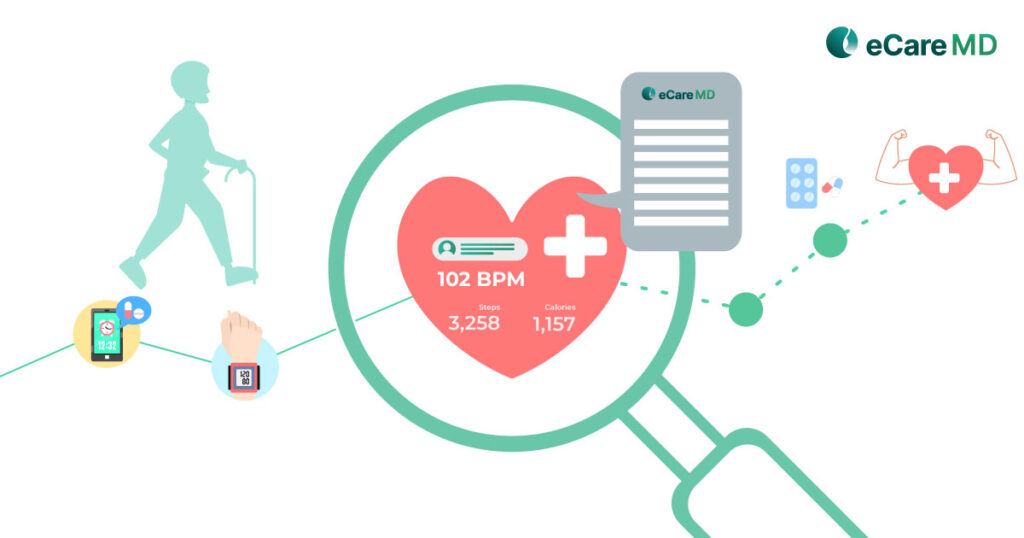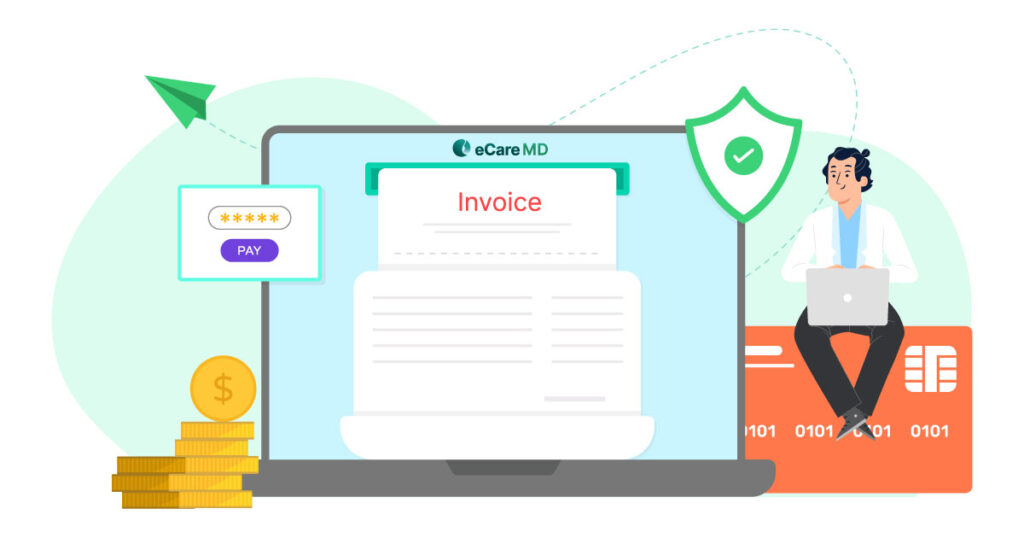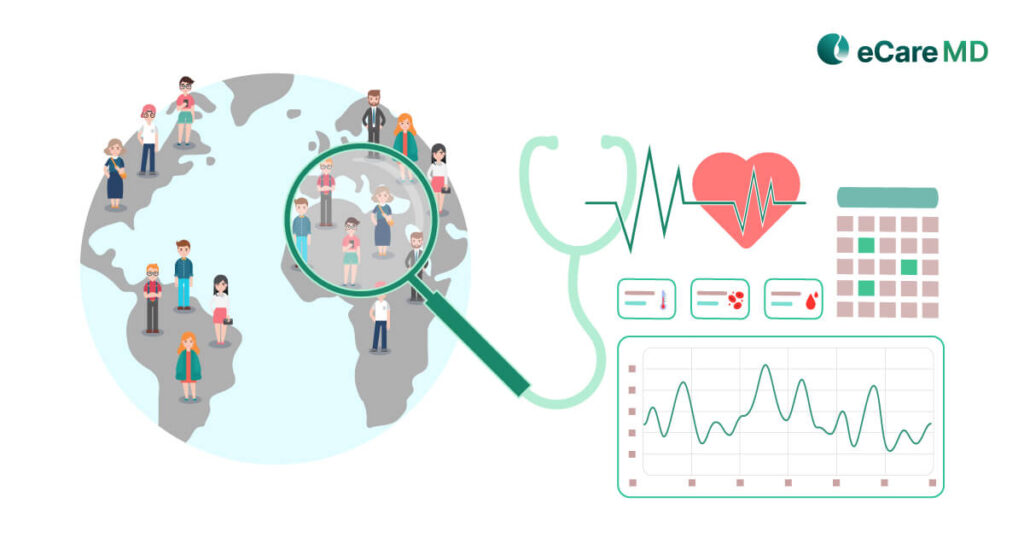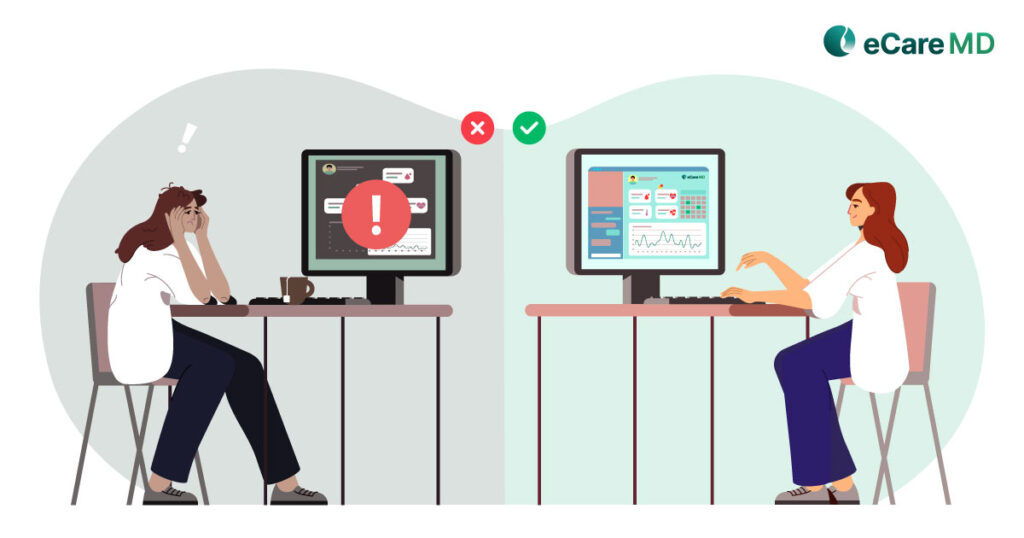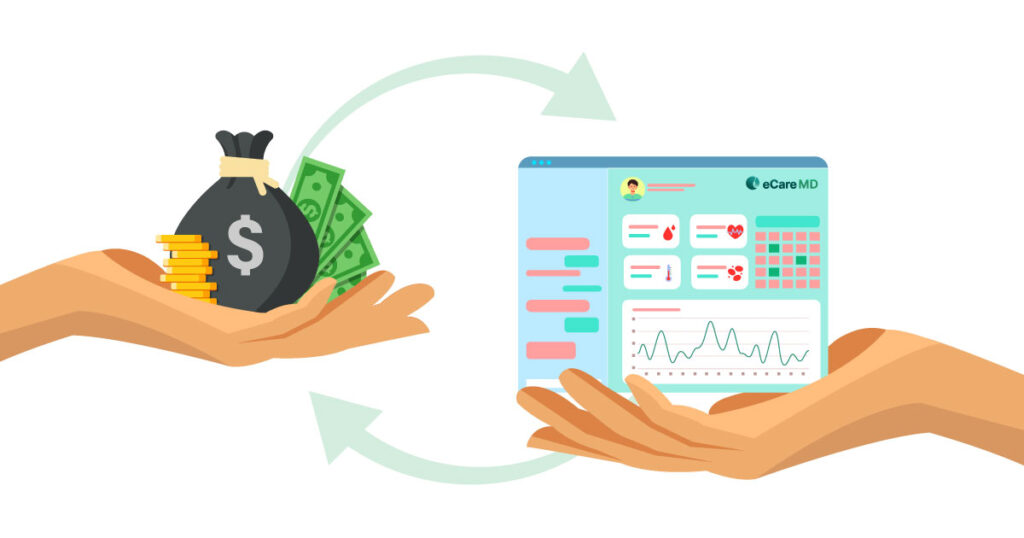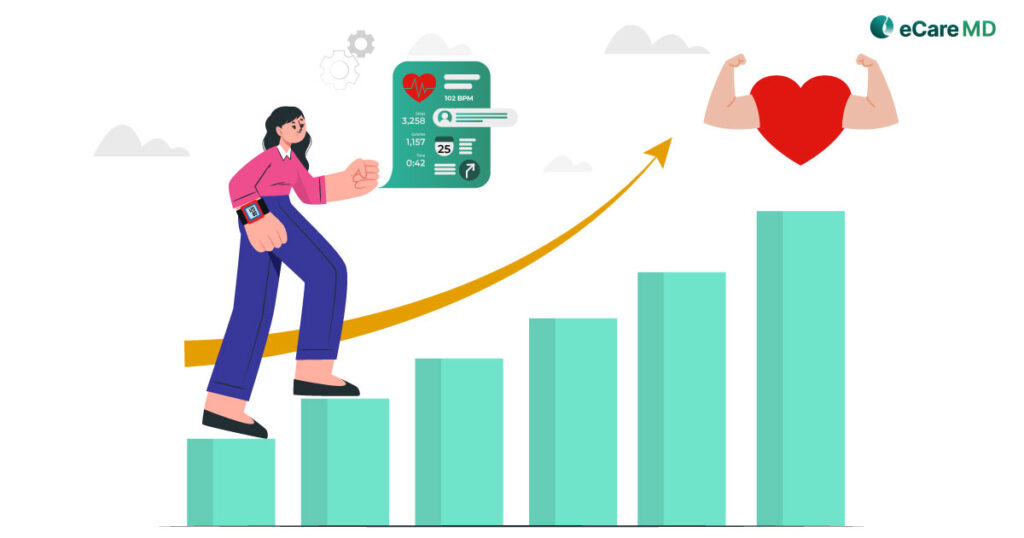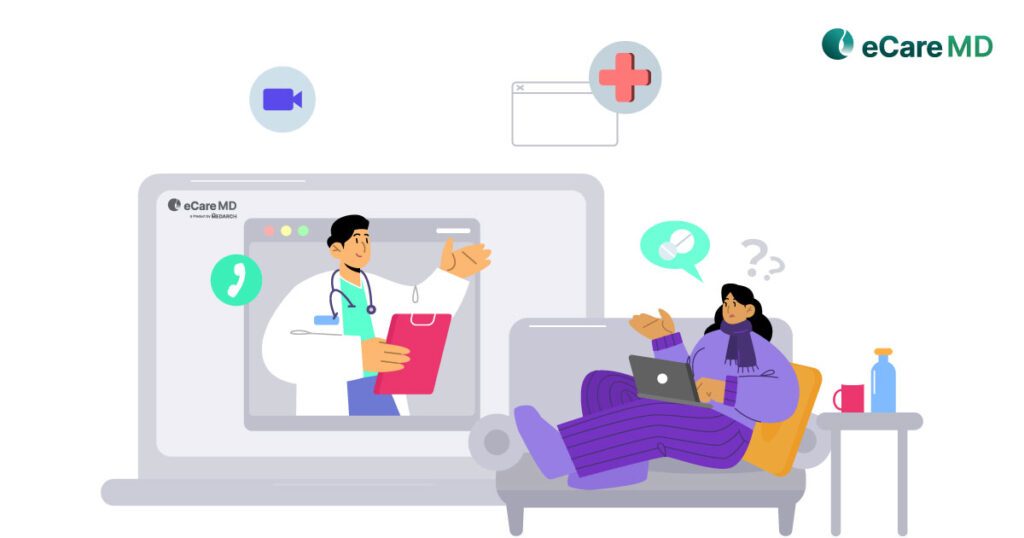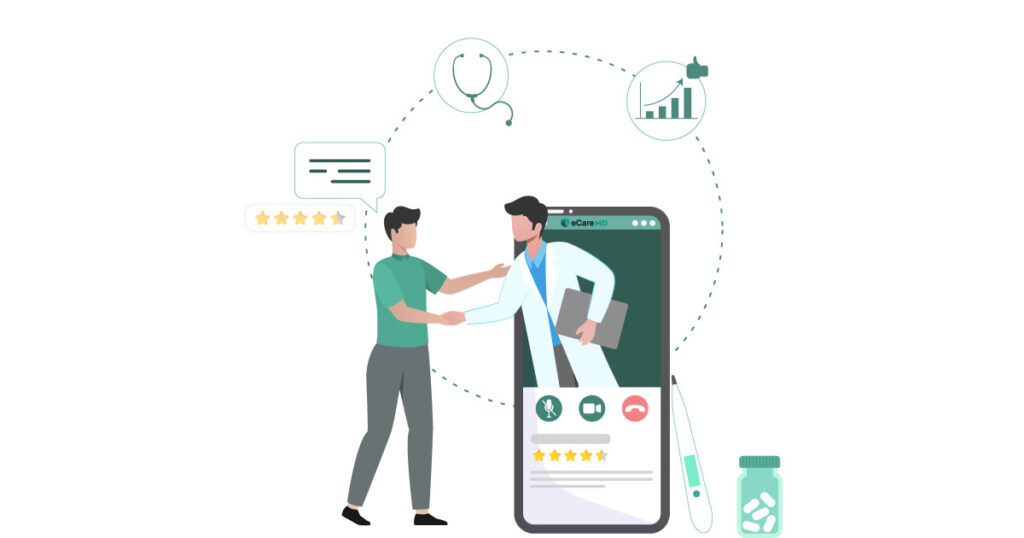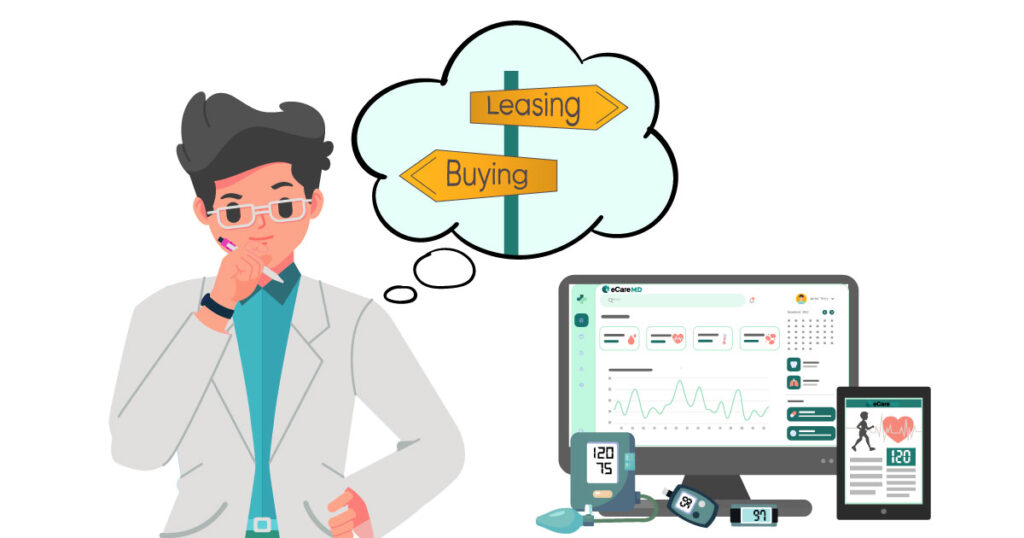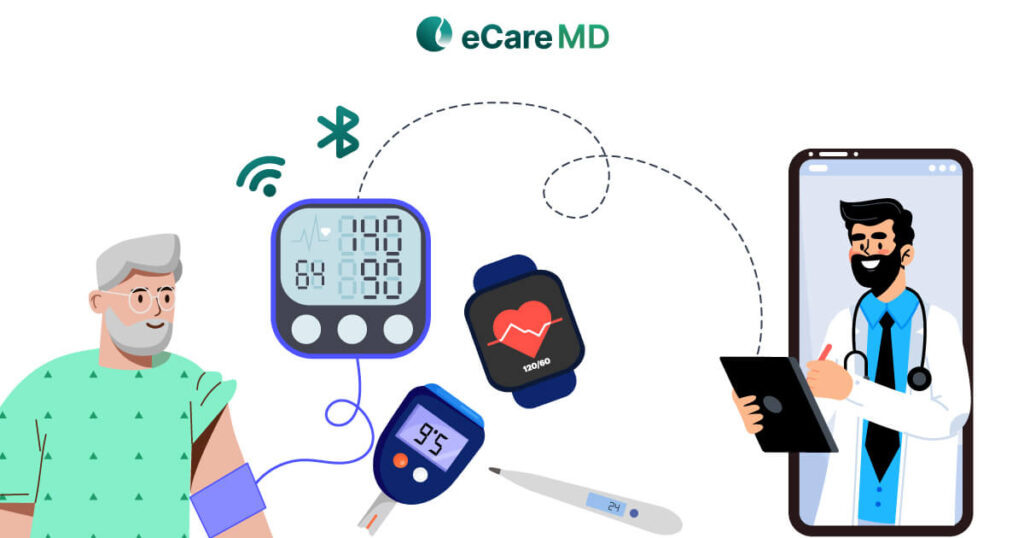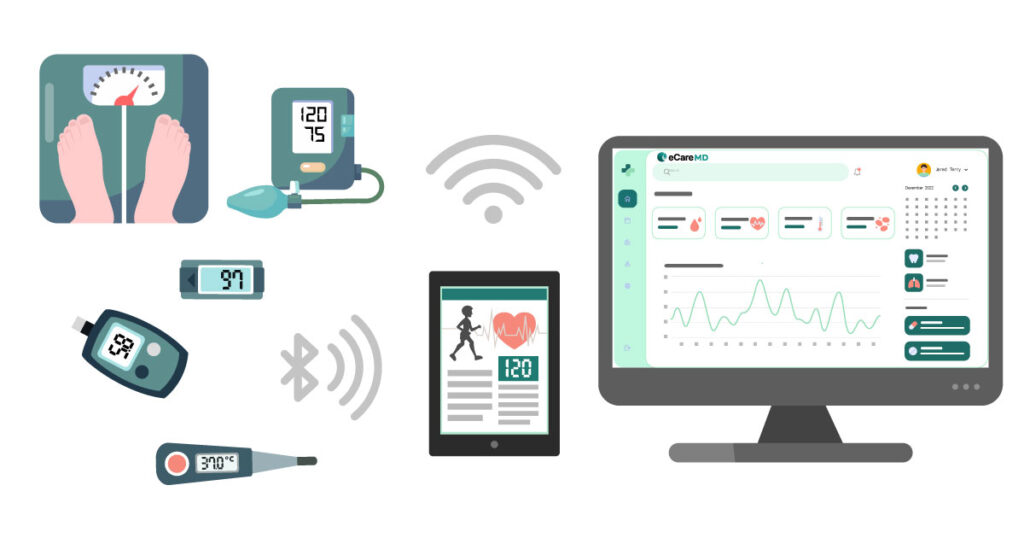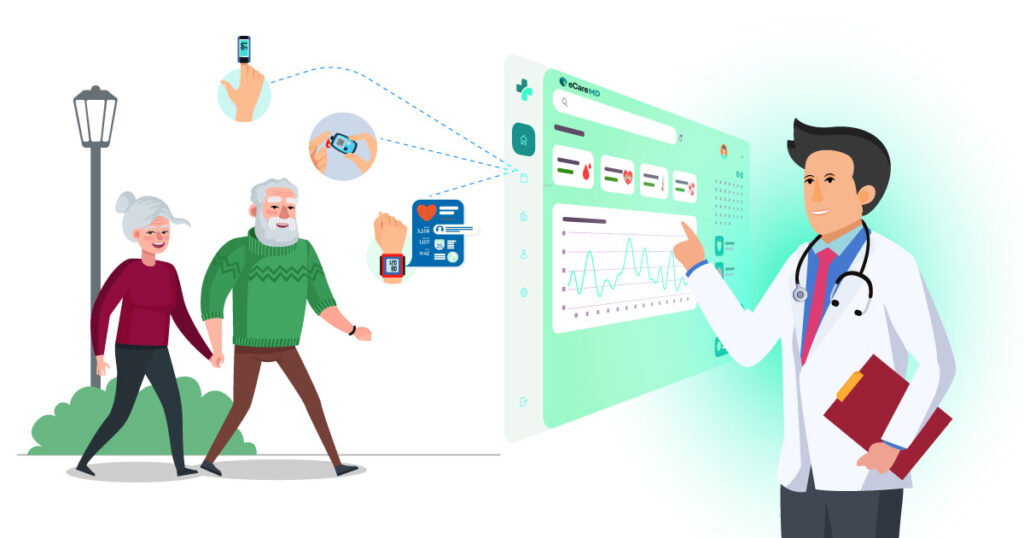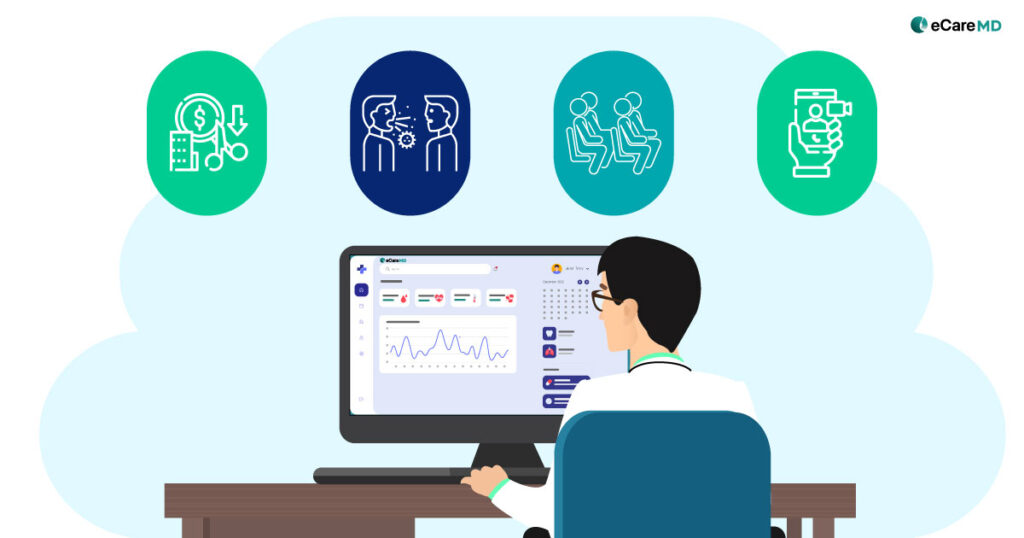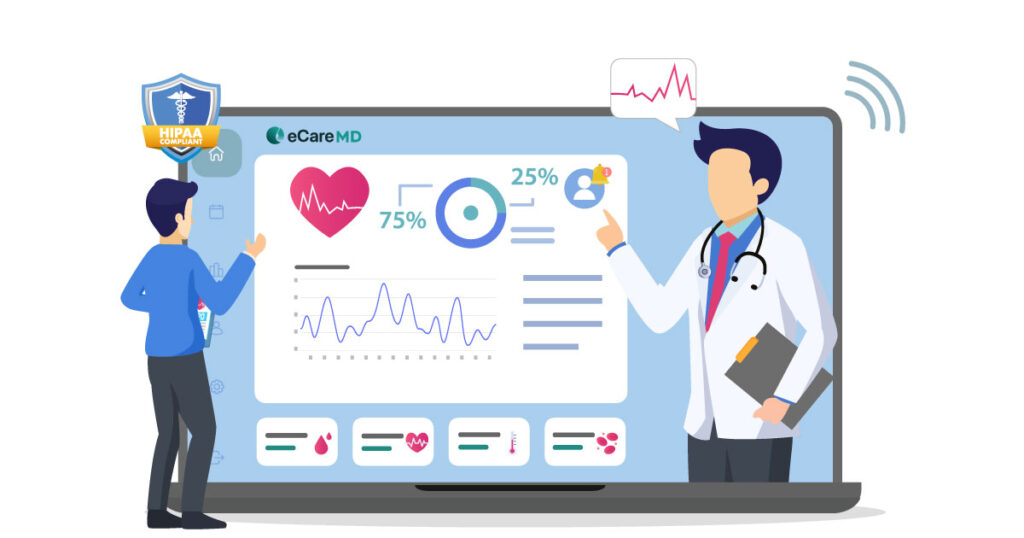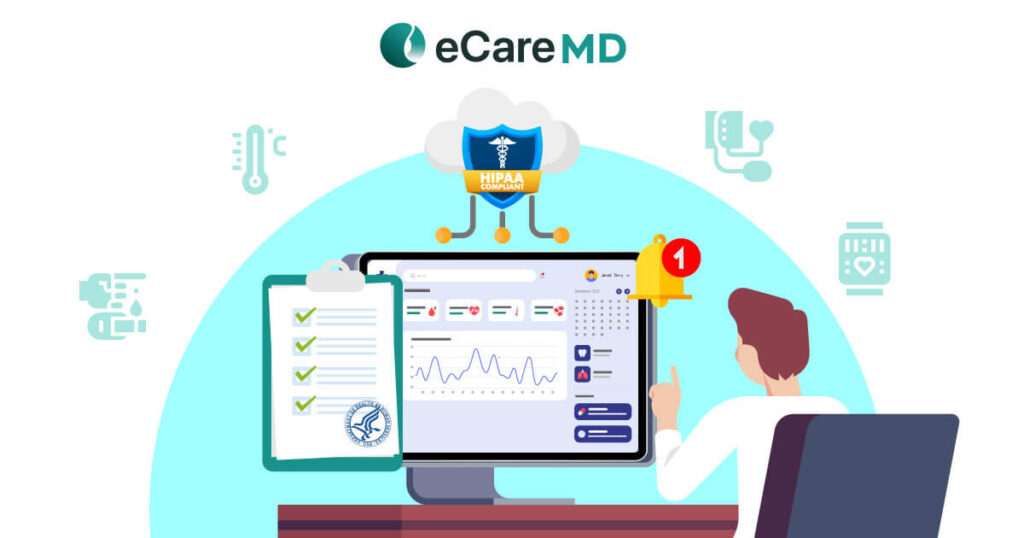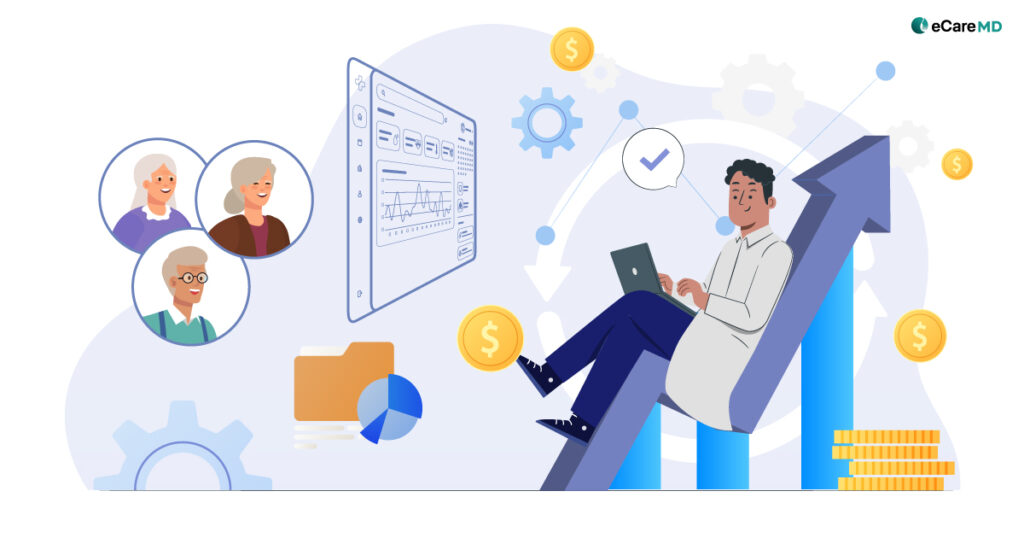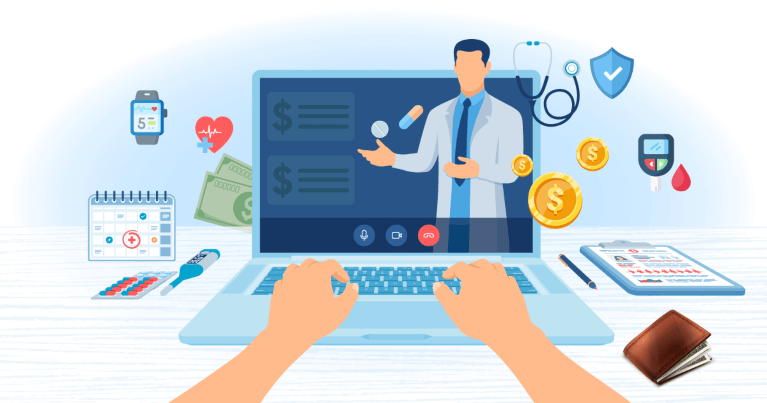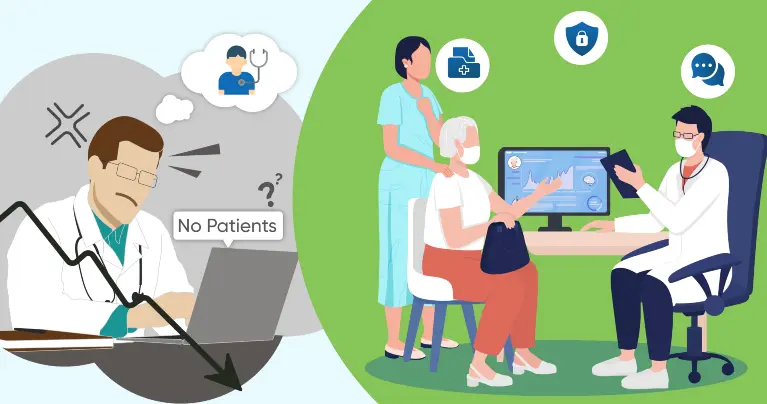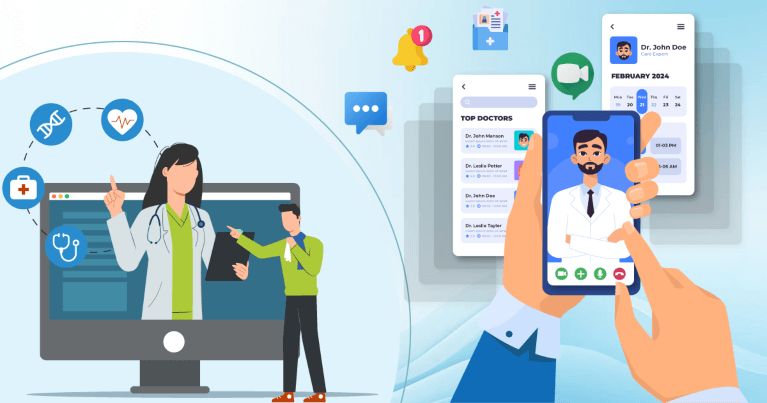Chronic conditions are the leading cause of deaths in the United States of America.
The focus on improving chronic care has become a priority of today’s healthcare practices. While chronic care management software has provided a simplified and modern way of delivering care, the lack of telehealth integration in the software can leave a huge gap between providing chronic care and the functionality of the CCM software.
In this blog, let’s explore the gaps in chronic care with chronic care management software and how telehealth integration bridges the complete care cycle.
The Need for Integration
Download Free Step-by-Step Guide to Telehealth Integration
Download nowAdvantages of Integrating Telehealth with CCM
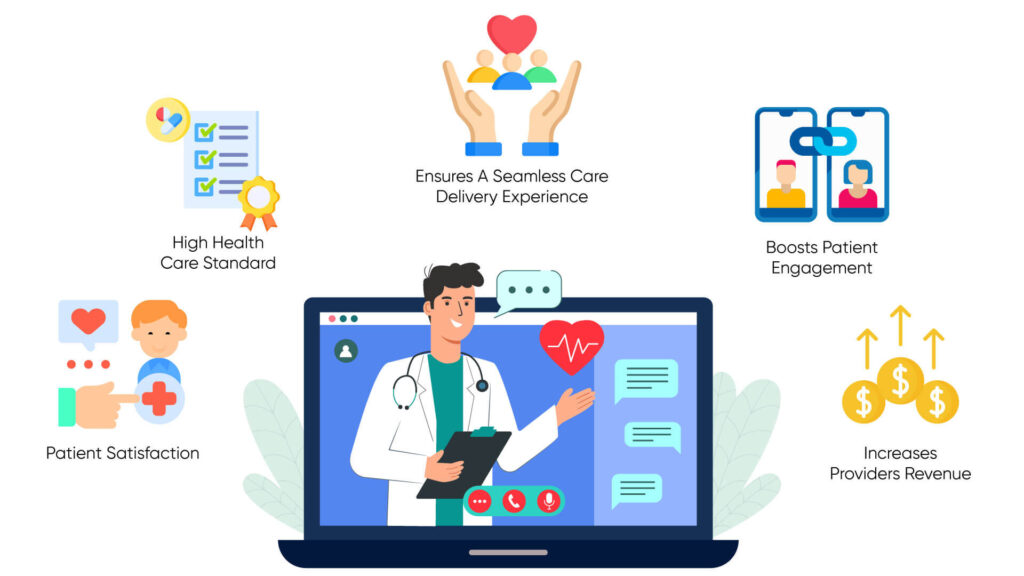
Advantages for Healthcare Providers:
- Improved efficiency of healthcare practices by enabling virtual and remote consultations, saving both time and resources.
- Improved access to chronic care services, especially for patients in underserved and rural areas.
- Empowers care coordination between different healthcare providers by improved communication and collaboration.
- Early intervention and remote patient monitoring allow providers to monitor patients’ health vitals closely and improve health outcomes while reducing the chances of hospital readmission and emergency visits.
- The overall healthcare cost is reduced by reducing hospital admissions and in-person clinical visits.
How Telehealth Enhances Chronic Care Management?
1. Remote Patient Monitoring and Patient Engagement: Remote patient monitoring makes up a major part of the CCM program and the way care is delivered. During a patient’s entire care journey, keeping the patient engaged in their care plan becomes equally important. By integrating telehealth with chronic care management software, both aspects can be solved in one place.
2. Real-time Communication and Data Exchange: Telehealth integrated healthcare technologies like electronic health records (EHRs), billing systems, etc., enhance the entire workflow of the chronic care management system. Seamless data exchange in real-time can lead to improved patient-provider communication.
3. Improved Care Coordination and Efficiency: Telehealth integration in CCM enables one process after another, which leads to streamlined workflow and defined processes. For example, real-time communication improves care coordination between every member involved in the care plan. On the other hand, seamless real-time data exchange streamlines all the processes of clinical administration, eliminating the efforts of manual entry and directly improving the efficiency of the healthcare practice.
Key Features of Telehealth-CCM Integration
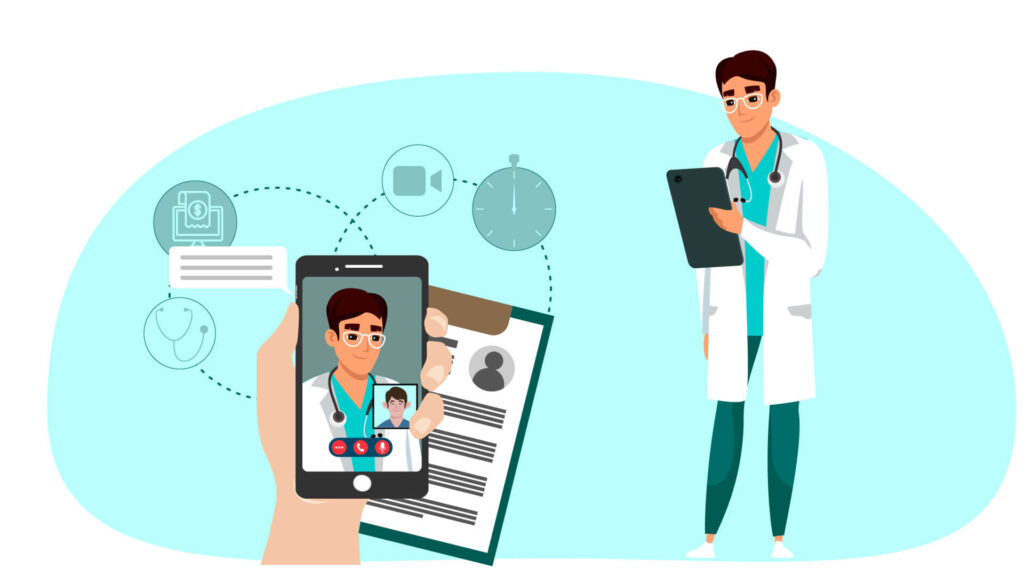
1. Seamless Data Integration Between Telehealth and CCM Platforms: CCM and telehealth solutions have different functionalities. However, the integration of these two software systems into one can provide a comprehensive view of the patient’s medical history.
2. Ensuring a User-friendly Experience for Healthcare Providers and Patients: Patient engagement is one of the most crucial aspects of providing care virtually. Since it makes up most of the chronic care management program, telehealth integration helps achieve that.
Challenges and Solutions
1. Interoperability and Integration: The lack of standard structure in the different healthcare systems, such as telehealth platforms, EHR, etc., can lead to data gaps. This can hinder the care delivery process, and incomplete information about patient health can further affect the care coordination in the care team.
Solution: Such complex problems often have simple solutions. Implementing standardized interoperability protocols like HL7 and FHIR can facilitate smooth data exchange. Along with that, the use of open APIs can further allow easier integration and development of an interoperable healthcare ecosystem.
2. Security and Privacy Concerns: Telehealth integration in CCM deals with exchanging sensitive patient data. Here, it becomes crucial to maintain the privacy and security of this data. Failing to ensure the safety, security, and integrity of the patient data can lead to heavy fines and even reputation damage.
Solutions: Implementing robust security measures like data encryption and multi-factor authentication in accessing patient data and strictly abiding by the regulations set by HIPAA and GDPR can help in navigating security and privacy concerns easily.
Future Trends and Innovation
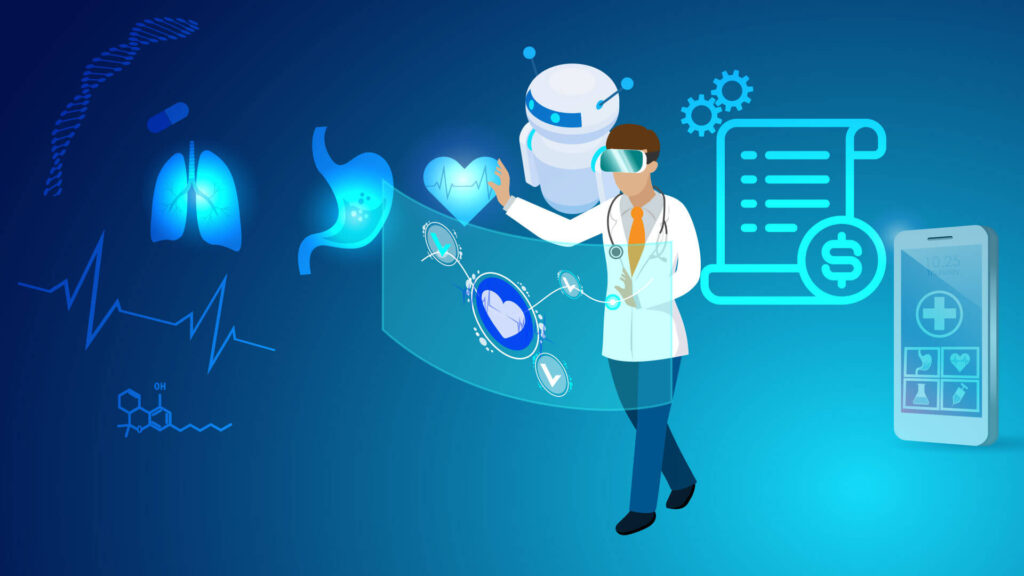
Conclusion
Chronic care management programs have significantly reduced the burden on providers in treating chronically ill patients. While the gaps in the chronic care management software fail in complete and holistic care delivery, integration with telehealth is necessary today. By bridging gaps in chronic care and CCM software, telehealth integration is the connecting link that enhances care delivery and promotes better patient outcomes.
Frequently Asked Question’s
Telehealth makes up a major part of care delivery and patient-provider consultation in chronic care management. In a nutshell, it enables virtual consultations.
Some of the key features of Chronic Care Management Software for efficient care delivery are:
- Patient Portal
- Integrated EHR
- Remote Patient Monitoring
- Personalized Care Plan
- Medication Management

